Kiosk RFID,Things You Only Learn After Actually Using It
1253How kiosk RFID is used in self-checkout, smart vending, hospitals, and events. Real hands-on experience with its benefits, challenges, and lessons learned.
MoreAll RFID Product
With the rapid growth of e-commerce and global trade, customers are demanding faster delivery, higher accuracy, and end-to-end visibility. Logistics companies are under pressure to handle multi-client, multi-SKU, and multi-warehouse operations. RFID systems offer automated identification, tracking, and real-time recording of goods flow—becoming a key technology to enhance operational efficiency and meet individualized customer requirements.
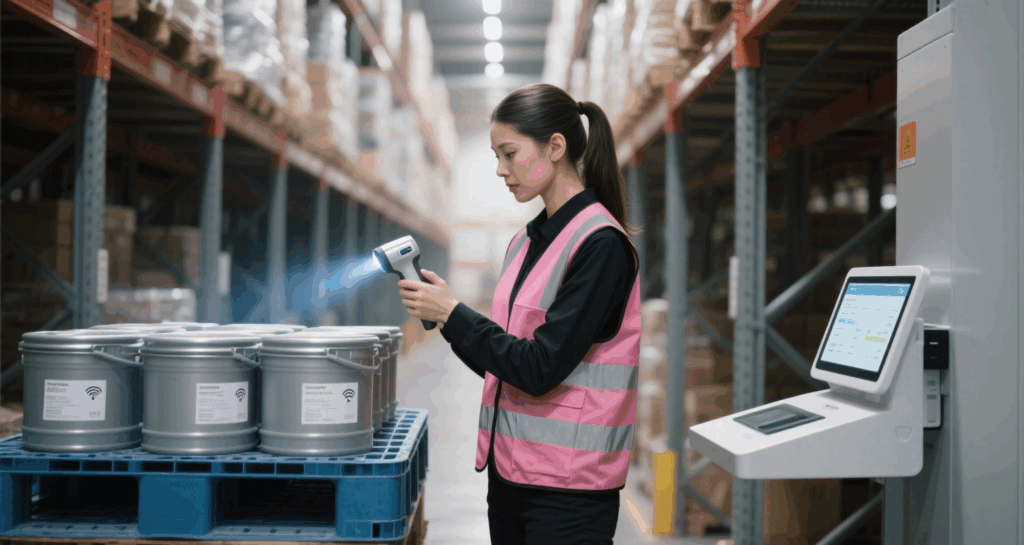
Different clients require different levels of RFID deployment:
Logistics providers must clarify implementation goals and the desired tracking granularity based on client requirements. This ensures the system is neither overbuilt nor underperforming.
RFID tags vary by frequency (LF, HF, UHF), material, and installation method depending on the product type. Third-party logistics (3PL) providers should consider the following when selecting RFID devices:
Additionally, the layout of RFID readers should align with the movement flow of goods to ensure accurate reading and minimal signal loss.
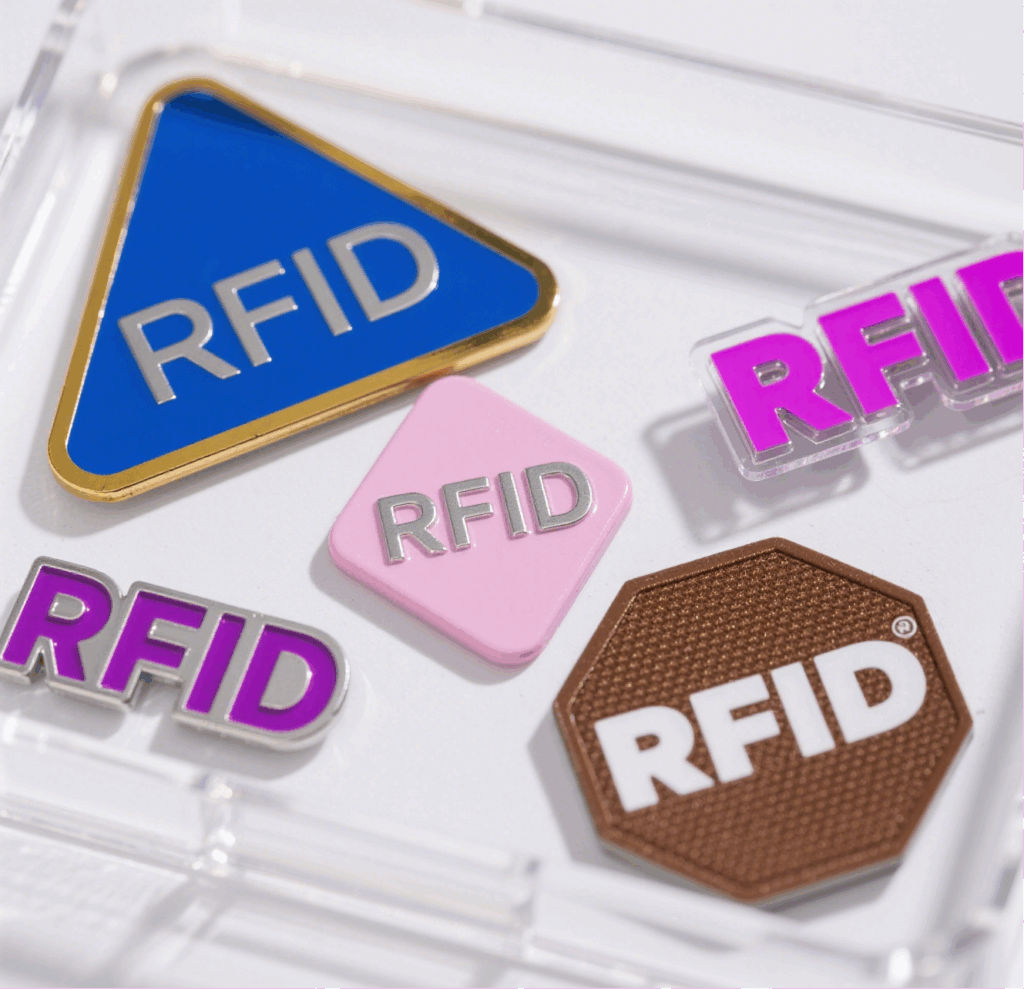
To achieve seamless automation, RFID systems must be fully integrated with the warehouse management system (WMS). 3PL providers should evaluate:
A well-integrated system enables automation across the entire order cycle—from picking and storage to shipping.
Despite its automation advantages, RFID systems still require operators to correctly use handheld readers and respond to error alerts. Companies should implement training programs and optimize legacy workflows to ensure the RFID rollout enhances rather than burdens warehouse operations.
Initial RFID deployment involves multiple costs, including hardware, software, tags, and personnel training. Companies should perform a return-on-investment (ROI) analysis, covering:
If RFID enhances service transparency and efficiency, it can also become a point of competitive differentiation and added value.
For logistics companies, deploying RFID is not just about adopting new technology—it’s about rebuilding service capabilities. With clear scenario planning, proper equipment selection, seamless system integration, structured staff training, and cost management, RFID systems can significantly enhance efficiency, reduce errors, and boost customer satisfaction.
Choosing the right RFID supplier and system integrator is the most crucial step toward a successful implementation.
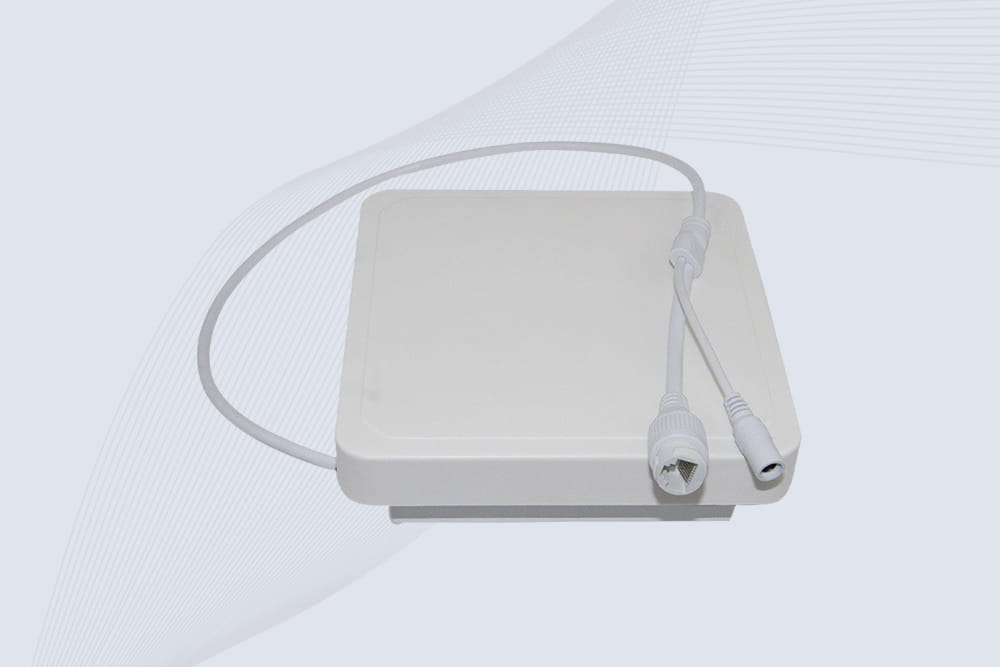
Cykeo’s industrial long range RFID reader delivers 20-meter scanning, 500+ tags/sec speed, and IP67 waterproof design for automated warehouses, logistics, and harsh environment applications.
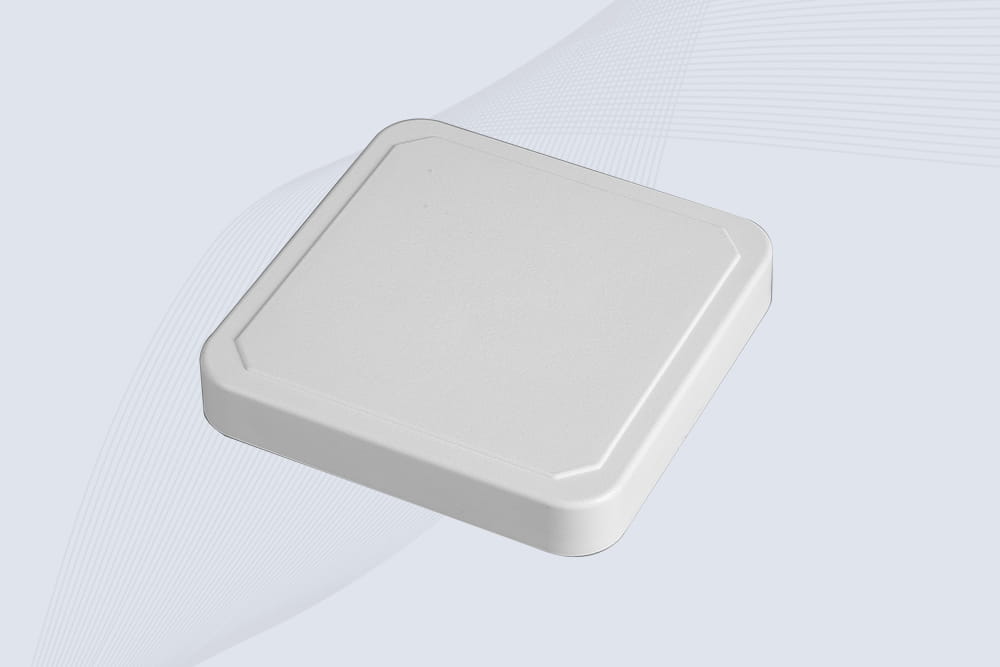
Cykeo’s CK-D6L industrial RFID long range reader features 20m read distance, 500 tags/sec speed, and IP67 protection. Ideal for warehouse automation, manufacturing WIP tracking, and smart logistics. Supports ISO 18000-6C/6B protocols.
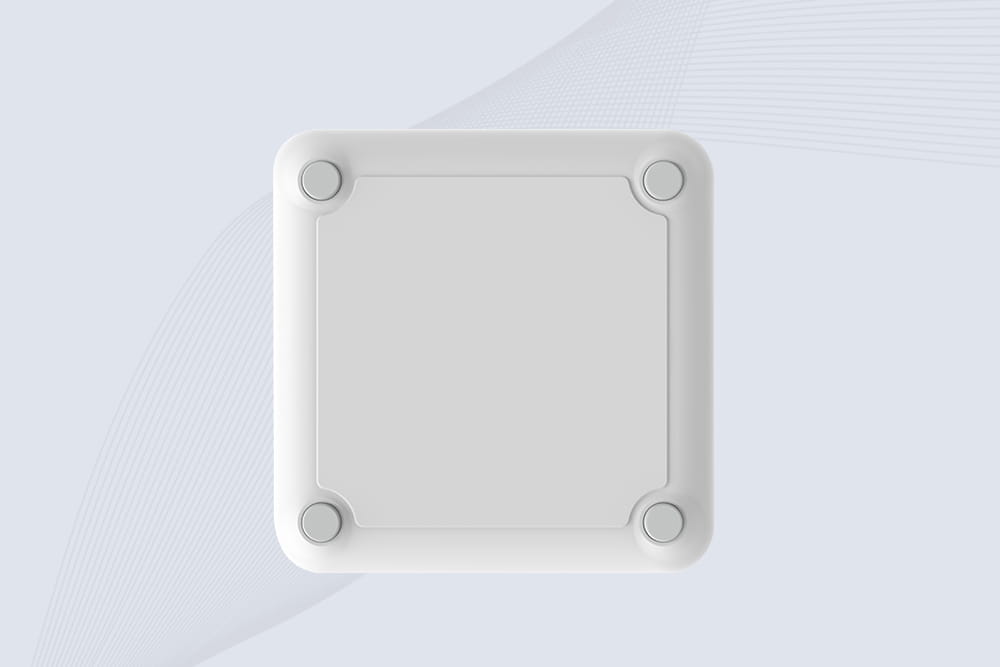
Cykeo CK-RA9L industrial long range rfid tag reader features 9dBi antenna, 500 tags/sec speed, IP67 metal housing for outdoor asset tracking in logistics/construction/automotive. Supports ISO 18000-6C/6B protocols.
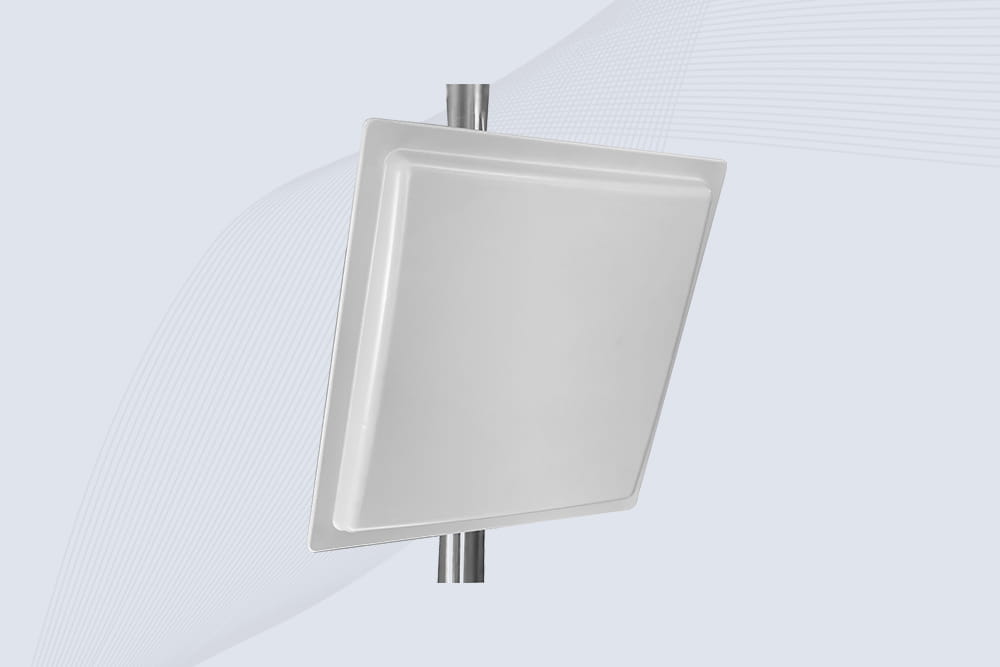
Cykeo CK-RA12L industrial Long Range RFID Reader delivers 20m read range, 200+ tags/sec scanning, and IP67 protection for manufacturing/logistics applications. Supports ISO 18000-6C/GB protocols.
How kiosk RFID is used in self-checkout, smart vending, hospitals, and events. Real hands-on experience with its benefits, challenges, and lessons learned.
MoreRFID technology is revolutionizing medical equipment and asset management. This article explores RFID applications in the healthcare industry, highlighting benefits, real-world use cases, and future trends to help hospitals reduce costs and improv...
MoreCompare handheld and fixed RFID readers for retail. Learn pros, cons, and ideal use cases with Cykeo’s solutions to boost inventory accuracy and theft prevention.
MoreDiscover how RFID stationary readers automate inventory, logistics, and asset tracking with real-time data and continuous monitoring.
More